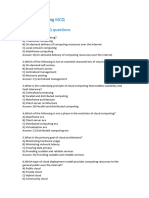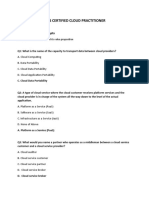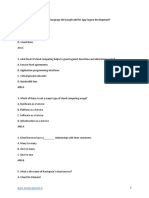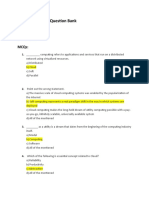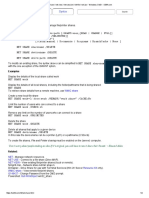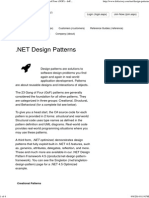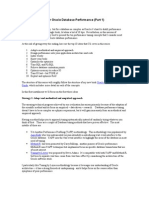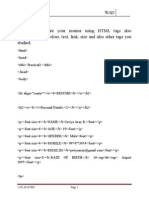0% found this document useful (0 votes)
9 views15 pagesCloud Computing
The document contains multiple-choice questions (MCQs) covering various aspects of cloud computing, including its basics, service models (IaaS, PaaS, SaaS), deployment models, security and privacy concerns, and virtualization. Each section includes questions with answers and explanations to enhance understanding of cloud computing concepts. The document is structured into five sections, each focusing on different topics related to cloud computing.
Uploaded by
sampritisd22hcompeCopyright
© © All Rights Reserved
We take content rights seriously. If you suspect this is your content, claim it here.
Available Formats
Download as DOCX, PDF, TXT or read online on Scribd
0% found this document useful (0 votes)
9 views15 pagesCloud Computing
The document contains multiple-choice questions (MCQs) covering various aspects of cloud computing, including its basics, service models (IaaS, PaaS, SaaS), deployment models, security and privacy concerns, and virtualization. Each section includes questions with answers and explanations to enhance understanding of cloud computing concepts. The document is structured into five sections, each focusing on different topics related to cloud computing.
Uploaded by
sampritisd22hcompeCopyright
© © All Rights Reserved
We take content rights seriously. If you suspect this is your content, claim it here.
Available Formats
Download as DOCX, PDF, TXT or read online on Scribd
/ 15






























